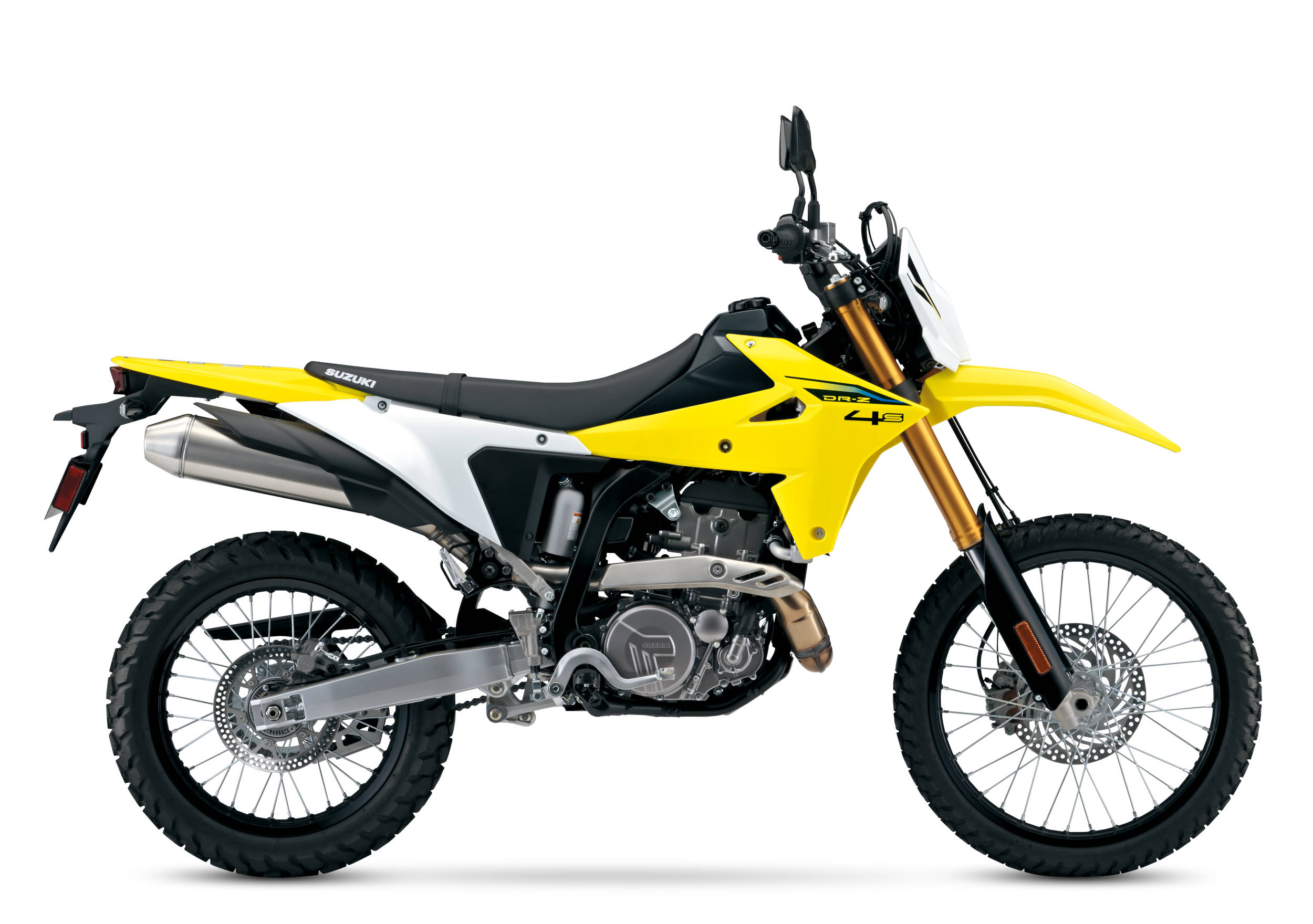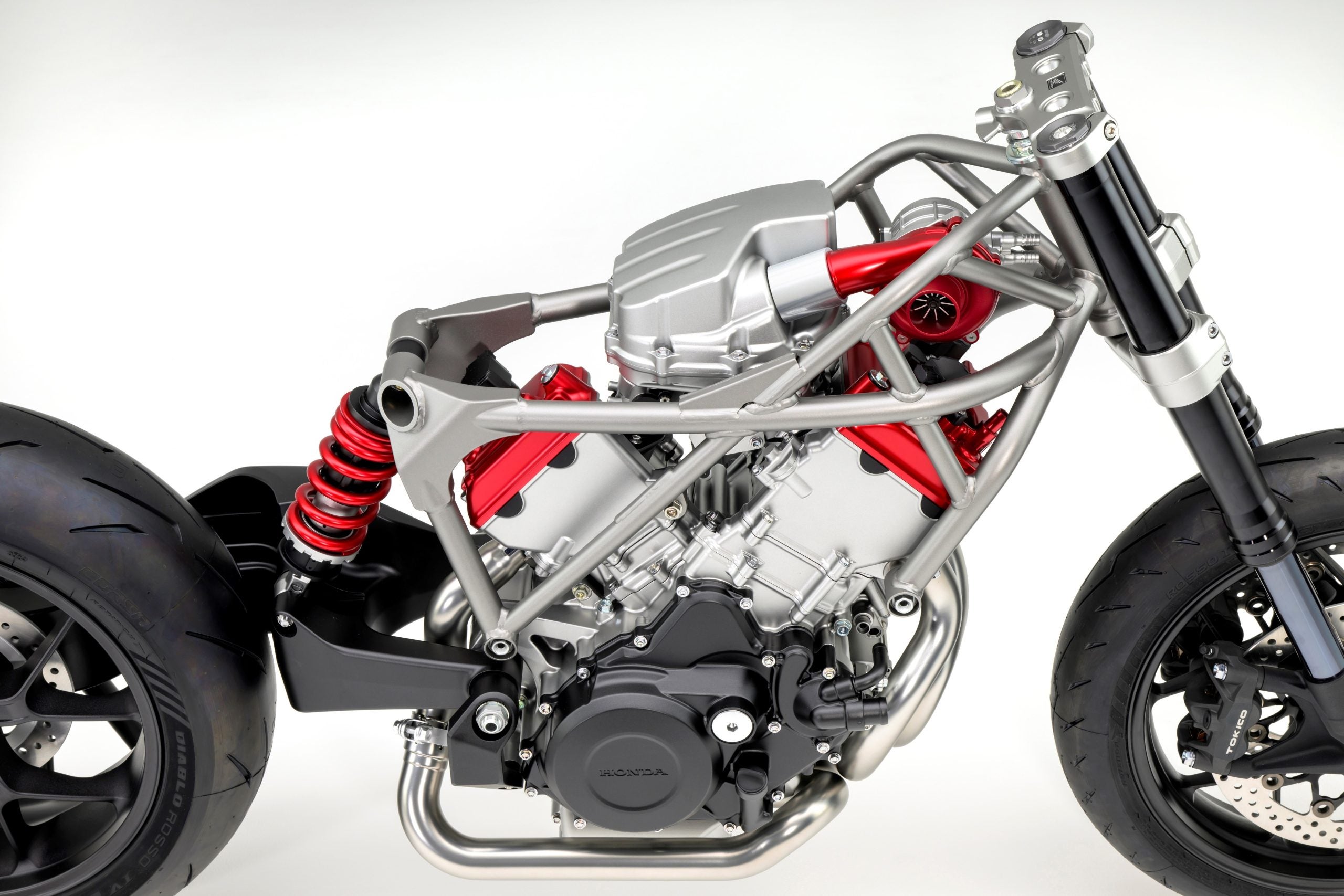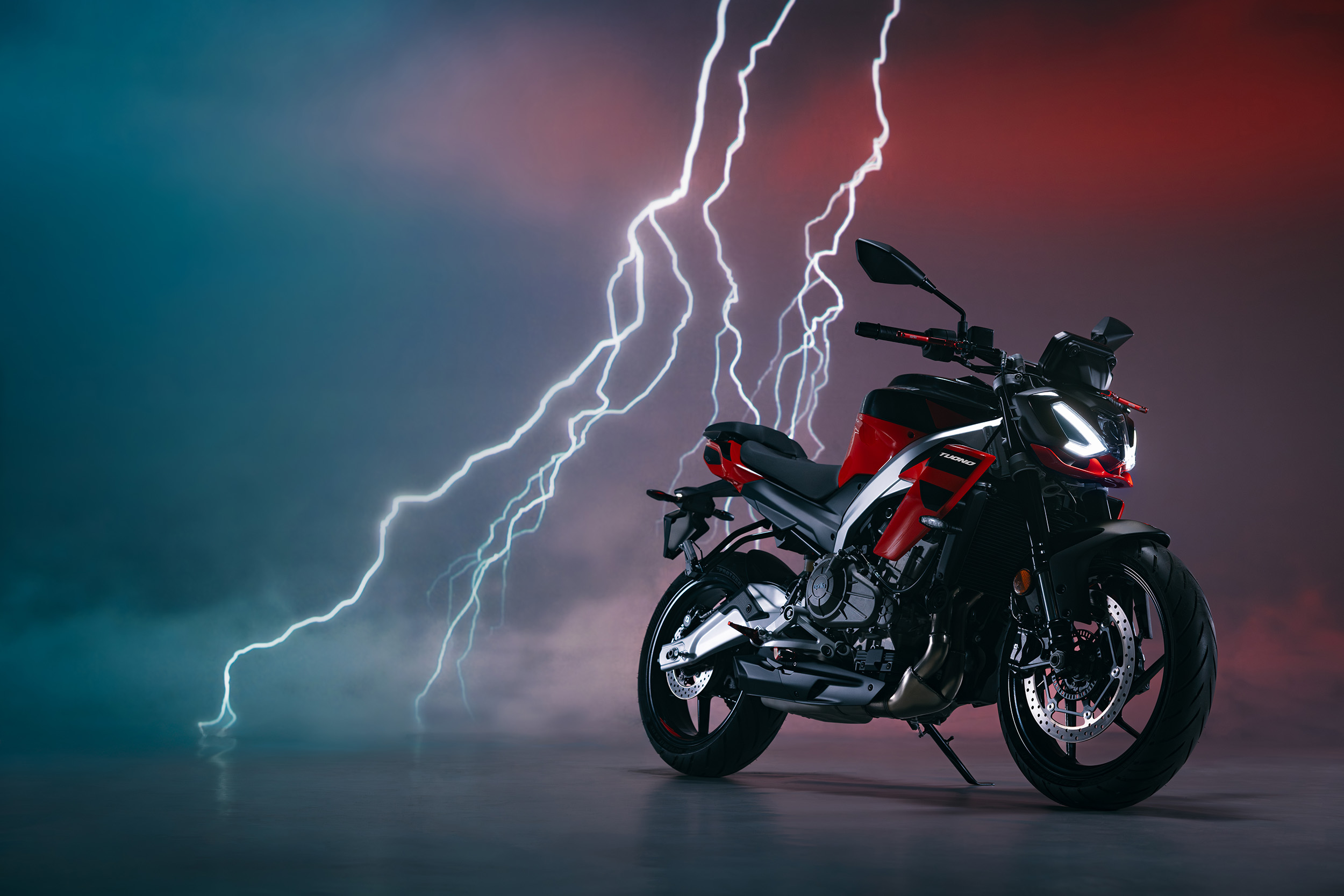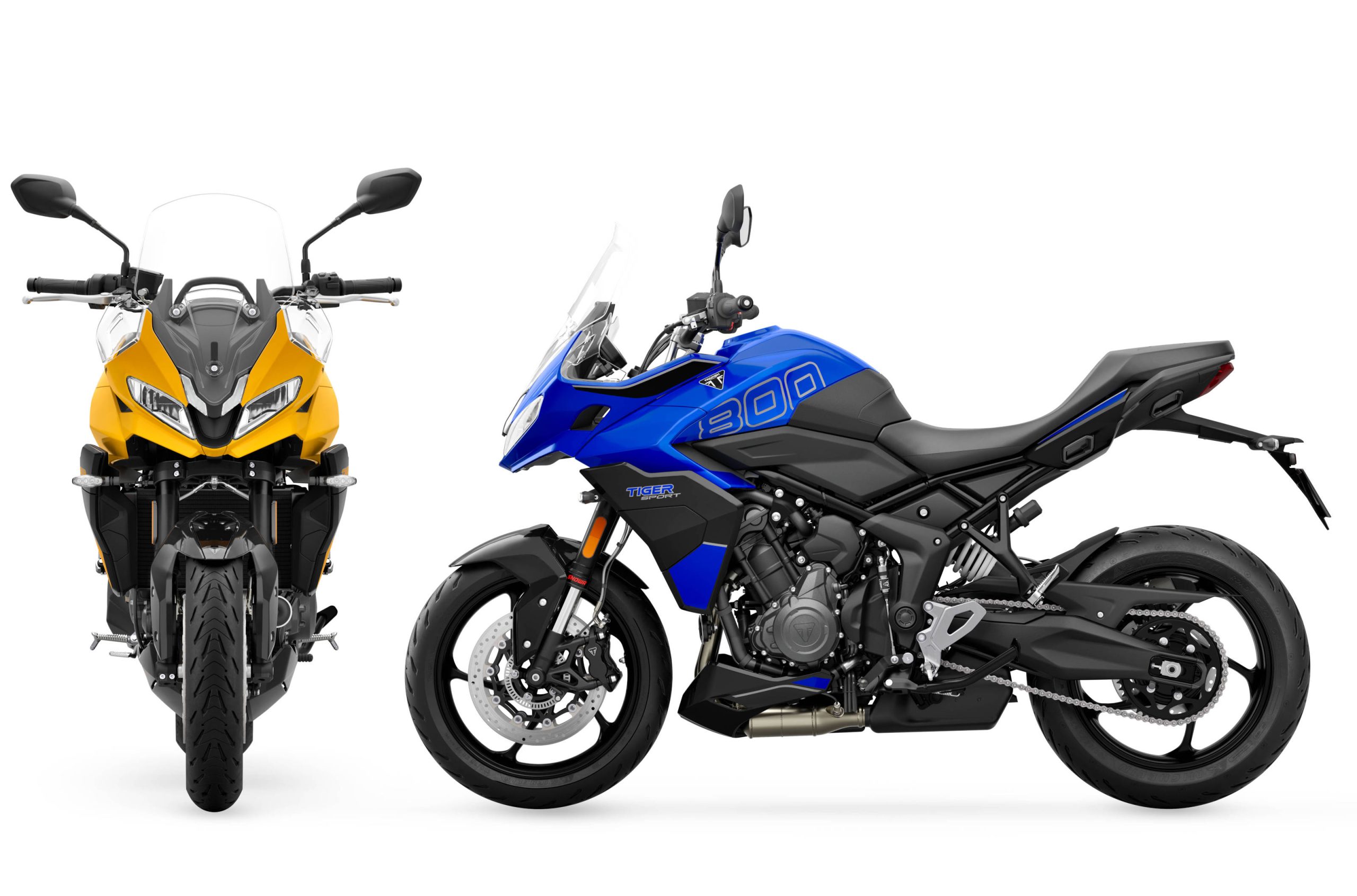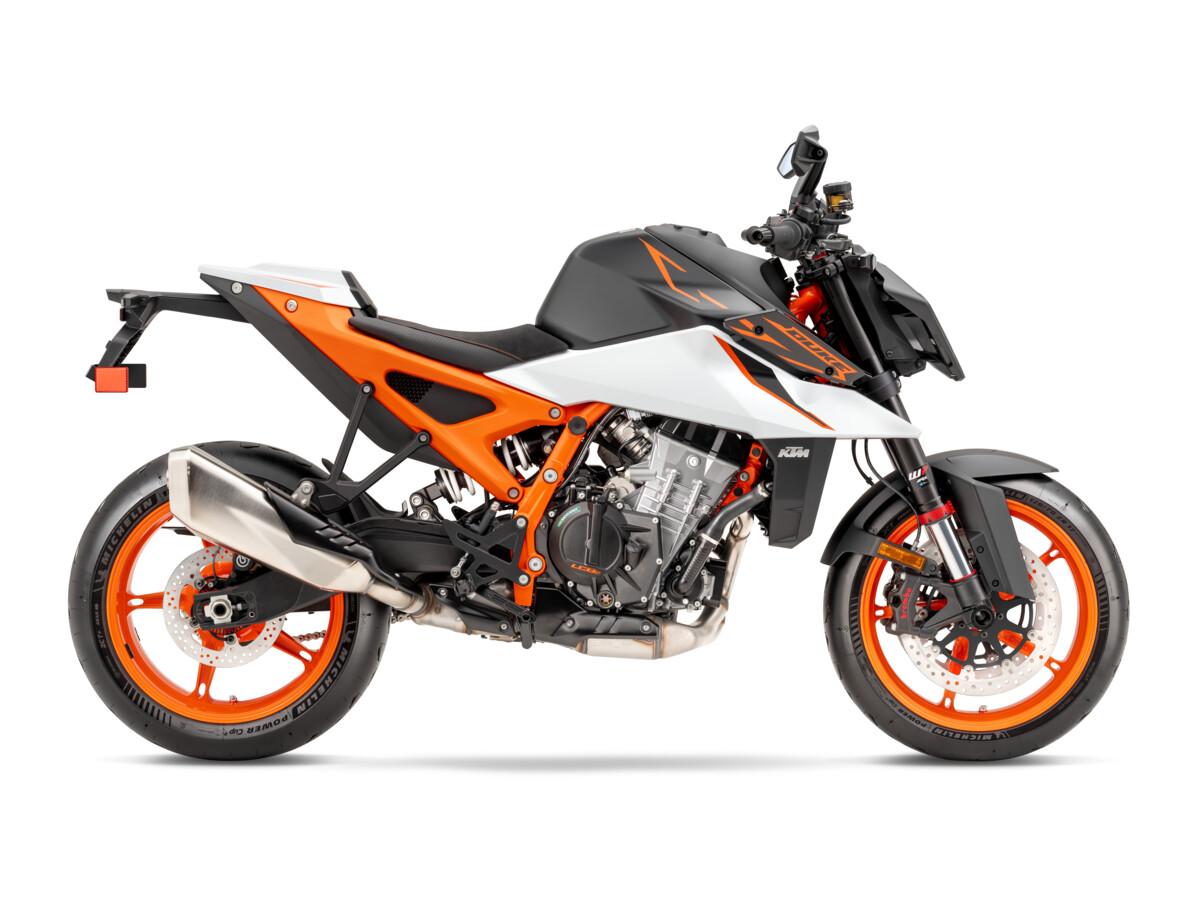At the press introduction for the Aprilia Shiver, Tor Sagen had a chance to interview three high-level Aprilia staff about the Shiver and future Aprilia models. Some interesting information came out, including an unexpected compliment to Honda. Read on.
I spoke to Francesco Polimeni, Motorbike Category Manager at Aprilia in Castle Brando in the small village of Cison di Valmarino, Italy. On my piece of paper I had written down the names of three motorcycles. SL750 Shiver, SL750 Shiver Sport and SL750 Motard.
We started talking about the new Aprilia SL750 Shiver first.
TS: How do you think the market will react to RBW (Ride-by-Wire)?
FP: For sure it is difficult to appreciate it on paper. Not every biker is Valentino Rossi and we believe RBW will make it easier for everyone.
TS: With only the Pegaso 650 models to choose from between the 125’s and 1000cc models, is the Shiver the first step to close this gap?
FP: This is what I said when I started with Aprilia. We have now started to fill the holes in the range. The next three years will see a host of new Aprilia products. The Aprilia heritage is one of sport and racing. We feel that the Shiver is the closest we could do in this segment to our sports heritage. That is why we have added upside down fork, radial callipers and a high tech V-twin engine.
TS: Looking at my notes, I have worked out that the Shiver model will become a family of three different motorcycles with the same engine and frame. The SL750 Shiver, SL750 Shiver Sport and SL750 Motard. Comments?
FP: Well, there will be a Factory model based on the Shiver first. This is in the tradition of Aprilia. And yes, we will launch a Sport model with a half fairing like on the Yamaha FZ1 Fazer. This is quite obvious I think and there has been a big investment in this new engine and chassis so we will use it to create a family. Our big Supermotard is more beautiful than the Ducati Hypermotard.
TS: Speaking of holes in the model range, will you do another sports tourer? Tell me about the Futura and perhaps a brand new sports tourer with the SL1200 twin?
FP: The Futura was too far from what our customers wanted. It did well in the US, but there were no touring accessories available to the customers. This damaged sales in the end. For sure, the 1200cc version of the SL750 would fit such a package, but there are no plans at the moment for this.
We also want to broaden our range to models that are not necessarily associated with Aprilia today.
TS: Custom you mean?
FP: Maybe, but that would be a decision to make in the future, not now. We are thinking of the Aprilia brand and where to take it.
TS: I thought Moto Guzzi was sort of the Custom makers in Piaggio?
FP: No Aprilia is very different to Moto Guzzi. To compare it would be like comparing Harley-Davidson to Honda. Moto Guzzi has a long tradition with air-cooled traditional engine technology whilst Aprilia would make something more modern with more performance in mind.
Brand awareness is important to us. If you want 100% reliability you go Japanese. If you want something beautiful made with passion you choose Italian.
TS: Where will you go with the RSV-R now that everyone knows about the V4 project?
FP: A short while ago Aprilia did a test on Philip Island where we brought one RSV-1000R, one Ducati 1098 and one 07 Yamaha R1. Our RSV took 1 second per corner from the R1. No other bike handles as well as our RSV Mille. But now the market shares are going down on sports bikes so we are not rushing any RSV decisions now. What we do do is arranging many track days in Italy where we bring the RSV’s to allow people to try it on track. So many people are surprised at how good this bike is on a track. We have a very good relationship with Rotax and money or investment is not a problem for Aprilia. The final RSV decision depends on the market and results during the next two years.
TS: Which brings us onto the subject of the V4 race bike, I know there are many secrets that will remain secrets until Aprilia are ready to launch it. But please tell me something about the progress, what does it look like? Double or single headlights?
FP: The V4 race bike as we call it will enter the market as a roadbike in 2009. There is not much I can tell you about this project now. We don’t want our competition to know exactly what or where we are going with the V4 project now. For this reason we keep the secrets to ourselves at the moment. I am not sure whether we should have shown the engine at the EICMA show last year as it creates confusion for people particularly relating to the RSV future.
But I can tell you that we have found a final design. Handling and aerodynamics are very important as well as huge torque. Traction control and power mode options are likely to be featured on the production version of this bike. We have not decided on a name yet because that is one of the last things we do in the process.
3 Clay models were made by different designers and a focus group of 60 people were allowed to see them and judge them. The first clay model was a conservative design based on the current RSV. The second clay model was something in the middle between conservative and futuristic. The third and final clay model is a very innovative and futuristic design. That is all that I can tell you about the V4 race bike now.
Interview with Alberto Cappella, responsible for the Shiver and V4 design projects.
TS: What are your favourite motorcycles to design, naked or faired bikes?
AC: I prefer naked motorcycles for the opportunities it gives me. Every component is more important because it counts more on a naked.
But sport is very close to my heart and I designed the bodywork on the Moto Guzzi MGS
TS: What is your favourite part of the Shiver?
AC: The frame is my favourite technical part and the whole rear end is my favourite aesthetic part.
I am also very happy that the Shiver will become a family. I am happy that my solution was liked by so many people. Now the SL750 Shiver will get children (or Bambinos…) and that is a great honour to me.
TS: Tell me about the three V4 clay models, which design won the voting?
AC: It was not just the voting that decided. Aprilia also choose the most innovative and beautiful solution. It was always my favourite design and I am very satisfied with it. We have reached all our objectives with no compromises.
TS: Was Sergio Robbiano involved?
AC: Yes, one of the clay models was his design.
TS: What would you do if you got the job to restyle the RSV-1000R?
AC: Restyling just the plastics might not be enough. I would also change the layout of components and more.
TS: Which Aprilia model or any model would you like to have a go at next?
AC: I would like to design an adventure bike. I would love to do something with the Caponord. But I like sports bikes by heart.
TS: Tell me your all time favourite motorcycle design?
AC: My favourites are the MV Agusta Brutale, the first Ducati Monster and BMW R90S. Tamburini is the master.
TS: Why the BMW?
AC: Because of the Boxer engine and the interesting and rational layout.
In my living room at home I have an Aprilia Lama scooter prototype. It is one of only two in existence. The other Lama is at the Noale factory. It gives me a good memory of times in the past. 15 years ago I was spending 3 months at Philip Stark’s house by the sea. We had the job to design 8 different concept models and make mock-ups and clay models. We had absolutely free hands to do scooters, motorcycles or anything. We would have a swim in between, and then come back to work. We also consumed a lot of beer and champagne during the creative process. The clay models were stored in Stark’s fishing house and the 6.5 Moto was the result.
Thanks to Andrew Clayton, the President of Aprilia Japan for making sense of the Philip Stark story. Alberto Cappella does not speak English.
Chat with Piero Soatti, Aprilia Product development
TS: Tell us about your ride-by-wire system?
PS: Our ride-by-wire system derives from the latest systems developed for the automotive industry. There are no mechanical links between the throttle and the throttle body. On the Yamaha R6 there is a mechanical link that closes the throttle bodies. Our system is the next step after conventional fly-by-wire. The ECU provides two identical maps to 4 demand sensors. For safety and accuracy these sensors (Potentiometers) work in such a way that one is a slave to the other. The ECU compares the info in all four sensors in a 2-1 and 1-2, or in other words a positive to negative comparison. If there is a defect anywhere in the system the computer will take action. First a warning light will show on the dash, then a progressive deceleration where the braking light will turn itself on automatically. We have absolute control over the torque delivery from this engine.
I believe that traction control, different engine maps and automatic transmission is the future in motorcycles. Everyone will have to use ride-by-wire systems soon to control emissions according to new regulations.
TS: Is the ABS system ready?
PS: If you notice the front exhaust exiting the front cylinder you will see that the Shiver has been designed to have the ABS system mounted from the beginning. Due to the fact that the motorcycle has to be completely designed and production ready we have not launched the Shiver with ABS now because the ABS engineers are working on the production bike right now. Our ABS system only weighs 1.2 kilos dry.
TS: Tell me a little bit about how you test a new engine such as the SL750?
PS: One of the most important things that we do is the bench testing at the factory. Every new engine is run for 50,000 kilometres before being put into production. This is very important for reliability.
TS: Have you got any examples of changes you have had to make after this reliability bench test?
PS: Yes, many, but specific to the SL750 we had a problem with cooling the rear cylinder in the beginning. On the road tests this problem didn’t really show up correctly. But when the engine was stressed at high revs for a long time in the bench we had some engine seizures. These seizures were caused by water not circulating properly at the back of the rear cylinder-Causing it to overheat. We solved the problem by introducing a direct water line to the rear cylinder.
50,000 kilometres is always our test as very few motorcycles actually do so many miles. But we once tried a Honda CBR1000RR engine on our bench and it never died! It was impossible to seize that engine under normal service circumstances. As an engineer I was impressed and I respect what the Japanese do.

